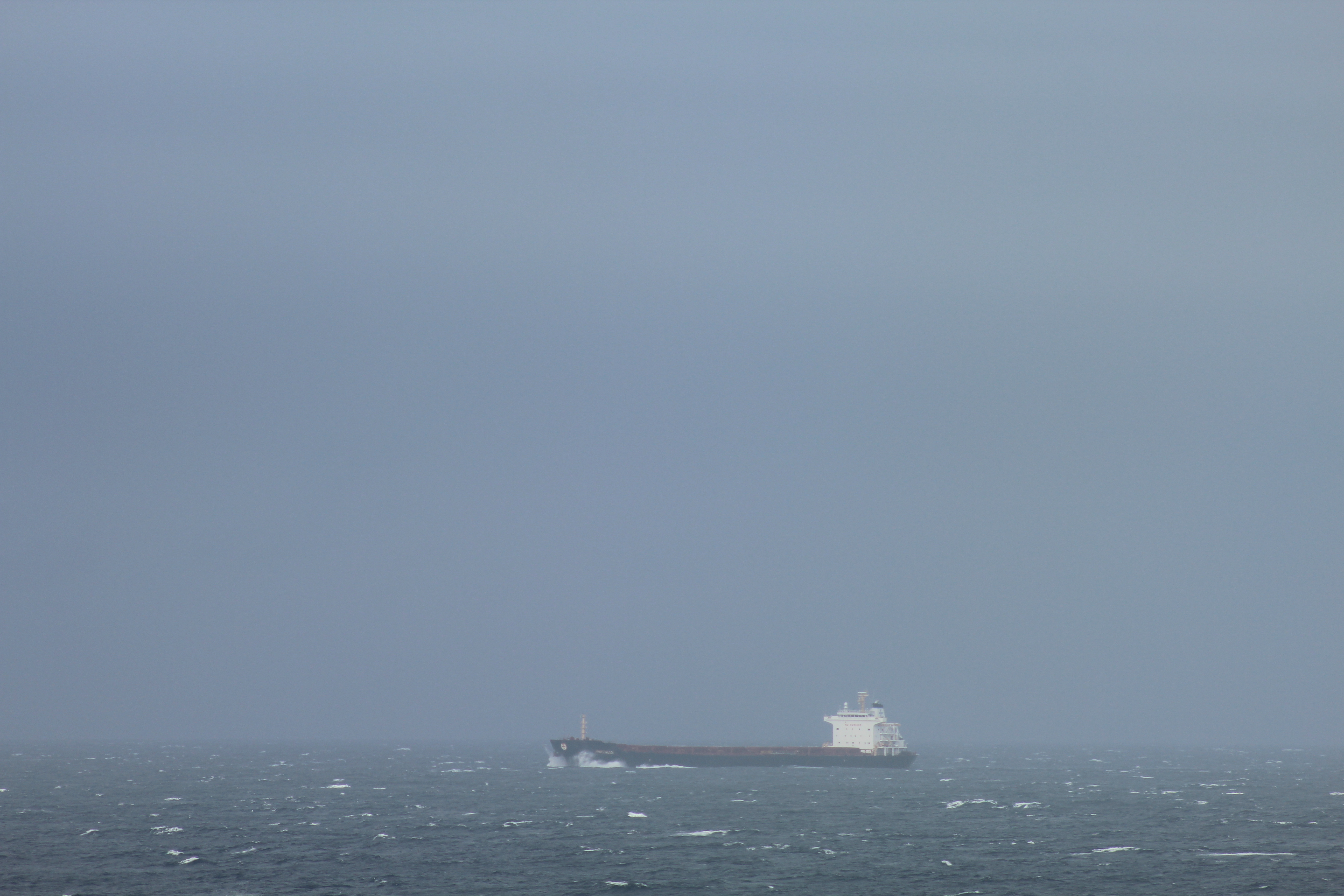Why we need to get the world’s dirtiest fuel out of Arctic waters
The Arctic’s maritime history is littered with tales of ships crushed or trapped by ice, or of vessels disappeared without trace.
Today, the Arctic marine environment remains remote, dangerous, fragile, and severe. Storms routinely reach hurricane force, waters are ice-filled and poorly mapped, communication systems can easily fail, and substantive spill response or search and rescue can be thousands of miles and weeks away. Unlike the wooden sailing ships of old, many ships passing through Arctic waters are fuelled by heavy fuel oil. A spill of HFO could wreak havoc and have far reaching, and long lasting consequences on fragile marine environments and the coastal communities that depend upon them.
Virtually impossible to clean up, HFO is a toxic, tar-like sludge that breaks down very slowly, particularly in the cold Arctic waters. This is why the Arctic Council, which deals with the issues faced by the Arctic governments and Arctic indigenous peoples, has identified potential spills of heavy fuel oil as the top threat posed by Arctic shipping.

Burning heavy fuel oil also emits significant quantities of black carbon, potent in accelerating the already rapid pace of Arctic climate change. When black carbon falls on light-coloured surfaces, such as Arctic snow and ice, it reduces the amount of sunlight reflected back into space. This process can accelerate snow and ice melt, increase the surface area of exposed, dark ocean water, and promote a self-reinforcing cycle of land and sea ice melting and climate warming.
Arctic waters include some of the world’s most productive ocean ecosystems, providing sustenance to large populations of whales, seals, and walruses and seabirds. Some of the world’s highest volume fisheries rely on the incredibly productive Arctic waters. Ending the use of HFO in Arctic waters is one way to protect these ecosystems – and the momentum to achieve this is growing.
Later this month, the Marine Environment Protection Committee of the International Maritime Organization meets in London, providing an opportunity to set in motion a process that would see the end of HFO as marine fuel in Arctic waters by 2020.
The international community – including the IMO, the United Nations agency for regulating shipping – already clearly understands the dangers of HFO. Heavy fuel oil is already banned throughout Antarctica and and in the national park waters around the Norwegian Arctic archipelago of Svalbard, leaving a strictly regulated corridor for ships to access the islands.
Many countries are already on board. In September, the United States and Canada formally notified the International Maritime Organization that a “heavy fuel oil spill in the Arctic could cause long-term damage to the environment.” This follows March 2016 commitments made by U.S. President Obama and Canadian Prime Minister Trudeau to “determine with Arctic partners how best to address the risks posed by heavy fuel oil use and black carbon emissions from Arctic shipping.” In September, the Danish political party Venstre and the Danish Shipowners’ Association, and an Arctic cruise sector leader, called for regulation on banning the use of HFO in the Arctic.
Indigenous peoples across the Arctic continue to practice traditional ways of life closely connected to the waters on which they rely for food. At the invitation of members of the Clean Arctic Alliance, on October 26th, a panel of Arctic indigenous leaders from Russia, the United States and Canada will address the IMO for the first time since its founding in 1951, to outline the need for ongoing indigenous engagement from the IMO, the benefits and threats posed by shipping to food security and way of life in the north. Currently, the IMO is not advised by an indigenous delegation when setting shipping policy – and we would like to see this rectified.
Phasing out HFO, and replacing it with cleaner, more efficient fuels – such as so-called transition fuels, like LNG or lighter distillate fuels, is a step in the right direction. Ultimately, however, we need to move away from fossil-fueled shipping entirely – surely the most direct way to cut the risks catastrophic oil spills, and reducing CO2 and black carbon harmful emissions in the Arctic region.
Dr. Sian Prior is a marine scientist with more than 25 years experience in industry and environmental non-governmental organisations and lead advisor to the Clean Arctic Alliance, a coalition of nonprofit groups campaigning to end the use of heavy fuel oil in Arctic shipping.